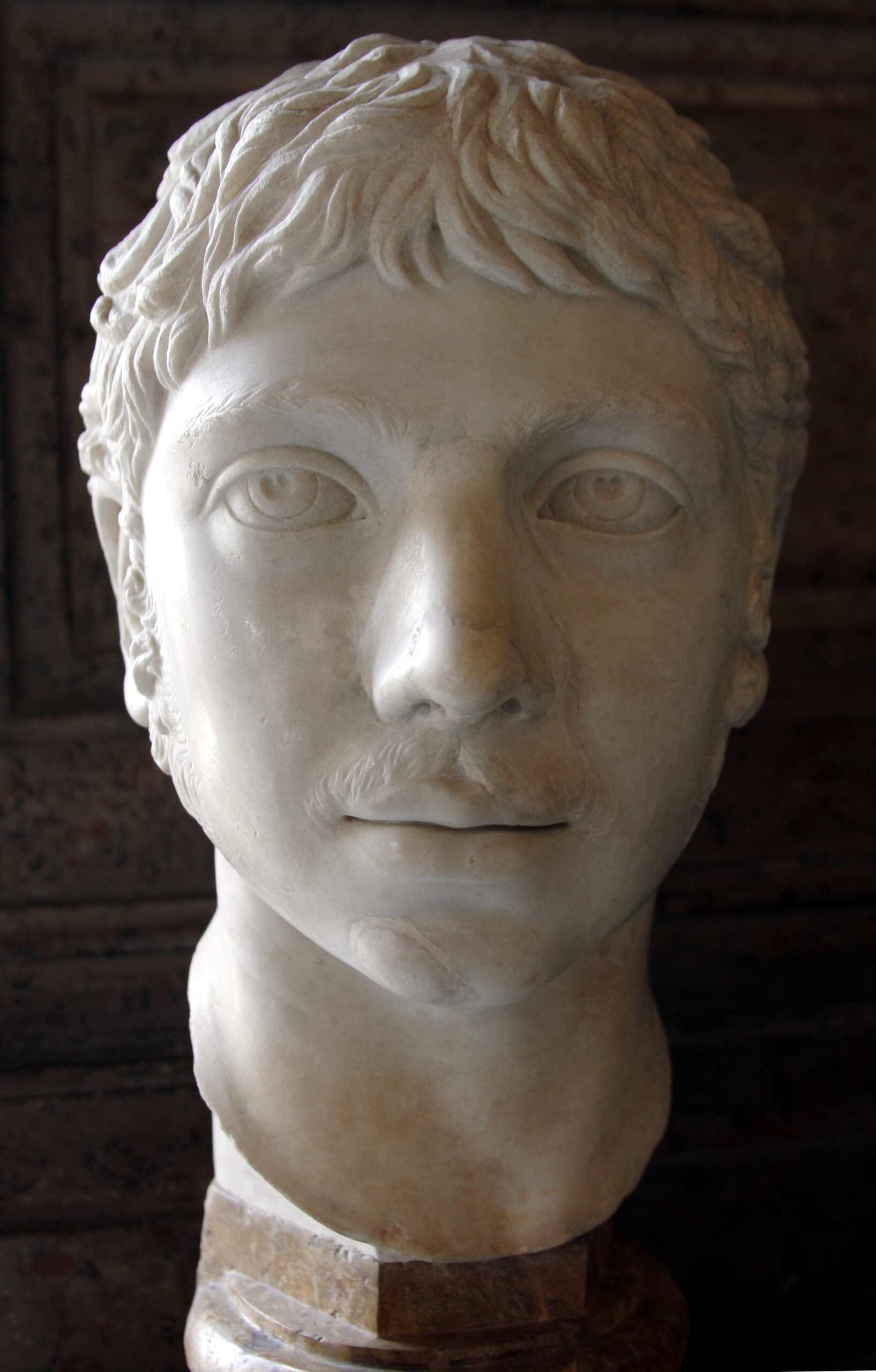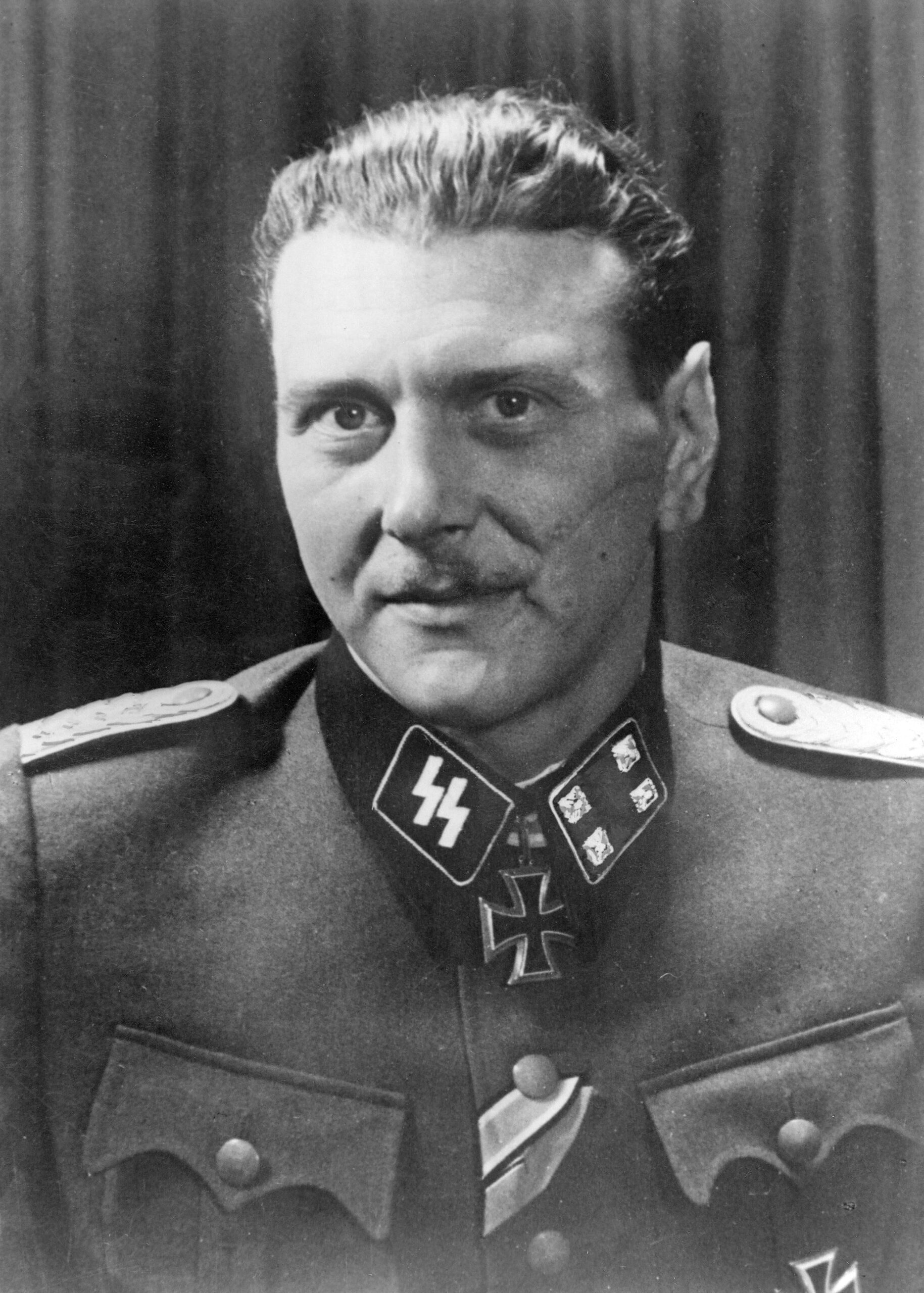However, there exist some lesser-known facts about these world leaders that are equally astonishing:
Joseph Stalin, the ruthless Soviet dictator, did not just send assassins to kill his Yugoslavian counterpart Josip Broz Tito; he also unleashed a failed plan to mentally destabilize the Yugoslav strongman. According to declassified documents, the Soviet Union orchestrated a disinformation campaign aimed at spreading false news and propaganda about Tito’s alleged psychological troubles. These stories, spread via multiple propaganda channels, maintained that Tito was “unstable, delusional, and irrational,” and that he suffered from mental illnesses including megalomania and paranoia. Stalin employed this campaign in an attempt to weaken Tito’s leadership and destabilize the Yugoslav regime. In response, Tito wrote a letter to Stalin, urging him to stop the psychological warfare, stating, “We’ve already captured five of them – one with a bomb and another with a rifle. If you don’t stop sending killers, I’ll send one to Moscow, and I won’t have to send a second one.”
Harold Holt, a former Australian prime minister, is best known for his demise in the sea, never to be seen again. However, this event was not the only remarkable incident in Holt’s life. In fact, a lesser-known incident occurred during a Christmas church service at the St. Andrew’s Anglican Cathedral in Sydney in 1967. Holt, following a tradition, lit a candle for the Queen and placed it in a candleholder, ready to spread the flame to the other candles. However, the candle holder’s design was not in Holt’s favor when, with a sudden gust of wind, the candle fell, engulfing Holt’s brand new triple-pleated trousers in flames. To add insult to injury, the event was witnessed and captured by a photographer, Mark two Roberts, whose photograph of Holt’s smoke-filled visage and scorched trousers went viral. This iconic image still lingers in the public’s memory as a defining moment of Holt’s charismatic yet tumultuous tenure as prime minister.
Tamarlane, the Turco-Mongol conqueror, is known for his bone-chilling practice of creating skull pyramids from the heads of his enemies who refused to surrender. However, lesser-known facts about Tamarlane’s reign relate to his buildings and structures. Tamarlane constructed an incredibly grandiose palace complex in Samarkand, called Registan, which is today a UNESCO World Heritage Site. The Registan is stunning, with its intricate monuments, enormous ceremonial squares, and uniquely designed architecture. Additionally, Tamarlane’s granddaughter, Saray Mulk Khanum, had a passionate love affair with a poet named Husain Vali. Despite the complex’s grandeur, Tamarlane was, in fact, impecuniously poor when he first married Saray’s mother. As a result, Saray grew up in poverty, yet her beauty and family line eventually caught the attention of Tamarlane, who married her.
King Nebuchadnezzar II of Babylon is well known for creating the famed Hanging Gardens of Babylon, one of the Seven Wonders of the Ancient World. Nevertheless, many less well-known facts relate to one of this monarch’s significant building projects, considered one of the world’s earliest sewage systems. In 575 BC, Nebuchadnezzar ordered the construction of a complex underground drainage system in Babylon – the Borsippa Sewer System, commissioned by King Nabonassar. The system utilized intricate drainage ducts, sewage pits, and public latrines to manage the city’s waste disposal. The system was revolutionary in its engineering techniques, as it utilized a mixture of engineering skills and agricultural knowledge. Once operational, the Borsippa Sewer System proved to be incredibly effective, protecting the city and its inhabitants against related health risks.
These examples of history’s world leaders reveal that beyond their dominant figures’ familiar stories, there exist somewhat lesser-known facts surrounding these iconic figures’ behaviors and personal pursuits. Some illustrate fascinating achievements, while others expose chilling aspects of brutal exploits. Regardless of their diverse backgrounds and reigns as world leaders, the intricate histories of these figures demonstrate fascinating complexities that continue to intrigue modern society to this day.



